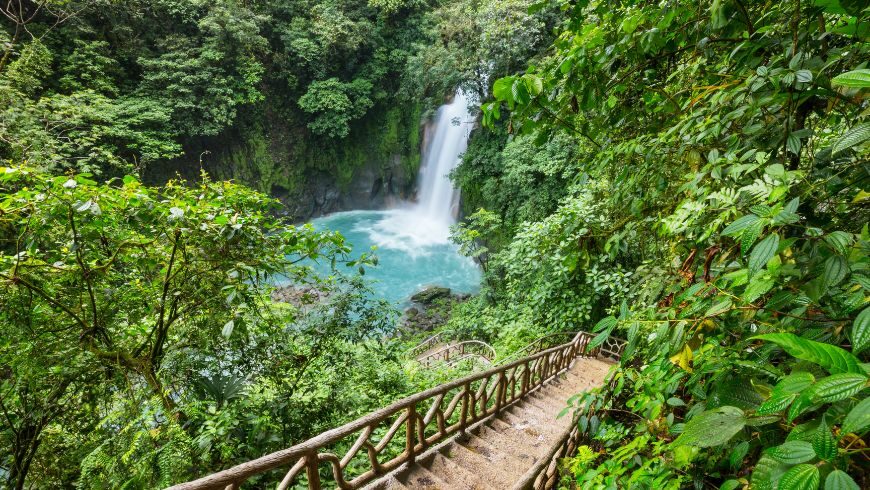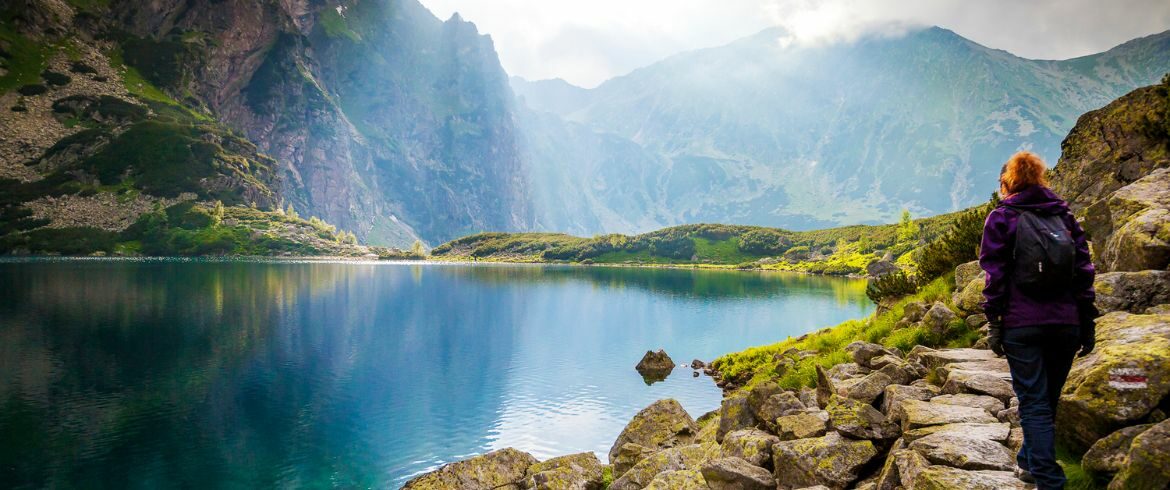Sustainable tourism is evolving rapidly in response to growing environmental concerns and the increasing demand for responsible travel experiences. As we look toward the future, several trends and innovations are emerging that promise to reshape the tourism industry into one that prioritizes both the environment and local communities. This article delves into some of the key movements shaping sustainable tourism, while also addressing the challenges that lie ahead.
Technology and Sustainable Tourism

Technology is playing an increasingly central role in promoting sustainability across industries, and tourism is no exception. Several tech-driven innovations are transforming how we experience travel while minimizing our environmental footprint.
Virtual and Augmented Reality (VR/AR)
These immersive technologies are revolutionizing the travel industry by offering virtual tours and experiences that allow people to explore destinations without physically traveling. For example, companies like Google Earth and the National Geographic VR apps have created platforms where users can virtually “visit” natural wonders, thereby reducing the carbon emissions associated with traditional travel. As VR and AR continue to advance, we can expect them to provide an alternative way for people to satisfy their wanderlust more sustainably.
Blockchain Technology
Blockchain can bring a new level of transparency to sustainable tourism by tracking the entire supply chain of products and services. Companies are already utilizing blockchain to ensure that accommodations, transport providers, and tour operators meet certain sustainability standards. This technology can also be used to verify the ethical sourcing of tourism-related products, ensuring that they adhere to fair trade and eco-friendly practices.
AI-Powered Personalization
Artificial intelligence is increasingly being used to provide travelers with personalized recommendations tailored to their sustainability preferences. For instance, platforms like Ecobnb are developing AI-driven suggestions for eco-friendly accommodations, local experiences, and transportation options. By curating more sustainable travel choices, AI can help travelers make more environmentally responsible decisions without sacrificing convenience.
Mobile Apps for Sustainable Travel
Apps dedicated to sustainable tourism are making it easier for travelers to make eco-friendly choices. For example, apps like HappyCow help users find plant-based dining options globally, while PS Lifestyle calculates the carbon footprint of lifestyles and recommends improvements or carbon offset initiatives. As the adoption of such apps grows, travelers will have better access to resources that support responsible tourism.
Regenerative Tourism: Beyond Sustainability

A growing trend within sustainable tourism is the shift towards regenerative tourism, a concept that goes beyond simply minimizing damage to the environment and focuses on actively restoring and enhancing ecosystems.
Restorative Practices
Unlike traditional sustainable tourism, which aims to leave no trace, regenerative tourism encourages travelers and tourism businesses to give back to the environment. A great example is the Bawah Reserve in Indonesia, where guests participate in coral restoration projects, helping to regenerate the local marine ecosystem while enjoying an eco-friendly luxurious stay.
Community-Led Initiatives
More and more, local communities are leading the charge in regenerative tourism. Indigenous groups in New Zealand, such as the Ngāti Whātua, are creating eco-friendly tourism experiences that not only preserve their lands but also teach visitors about Māori culture and environmental stewardship. By giving communities control over tourism projects, regenerative tourism helps foster local pride and ensures the benefits of tourism are equitably distributed.
Circular Economy in Tourism
The goal of regenerative tourism is closely aligned with the principles of the circular economy, which emphasizes reducing waste, reusing resources, and recycling materials. Hotels like the Ribno in Bled incorporate circular economy practices by using sustainable materials in construction, recycling greywater, and sourcing energy from renewable resources. This approach ensures that tourism has a positive long-term impact on the environment.
Sustainable Tourism and Climate Change

As the effects of climate change become more pronounced, the tourism industry is adapting through innovative practices aimed at reducing its environmental footprint.
Climate-Smart Tourism
Many businesses are adopting climate-smart practices by reducing their carbon emissions, investing in renewable energy, and adopting more sustainable operational procedures. Companies like Intrepid Travel have committed to carbon neutrality by offsetting the emissions generated from their tours, showcasing that it’s possible to maintain profitability while reducing environmental harm.
Climate-Resilient Infrastructure
To ensure long-term sustainability, many destinations are investing in climate-resilient infrastructure. For instance, the Maldives has built eco-friendly resorts that float on the water, using sustainable materials designed to withstand rising sea levels. Similarly, Costa Rica is known for its climate-resilient transport systems and green-certified buildings, positioning itself as a model of sustainable development in tourism.
Social Equity in Sustainable Tourism

In addition to environmental concerns, sustainable tourism is also addressing issues of social equity by promoting fair trade and inclusivity.
Fair Trade Tourism
Ensuring that local communities benefit from tourism is an essential aspect of sustainable travel. Initiatives like Fair Trade Tourism in South Africa certify businesses that treat workers fairly, pay fair wages, and support community development. Such programs ensure that tourism does not exploit local resources or labor but instead contributes to long-term prosperity.
Inclusive Tourism
The future of tourism is one that is accessible to all, including people with disabilities and marginalized groups. Countries like Spain and destinations such as Barcelona are leading the way by ensuring that tourist attractions, public transport, and accommodations are accessible to people with mobility impairments. Inclusivity is an integral part of a truly sustainable tourism model.
Cultural Sensitivity and Heritage Protection
Supporting cultural heritage without appropriating it is another important aspect of responsible tourism. In places like Bali, community-led tourism initiatives educate travelers on local customs and traditions, ensuring that tourism supports rather than undermines cultural preservation.
Biodiversity Conservation through Tourism

Preserving biodiversity is a critical component of sustainable tourism, especially as many popular tourist destinations are home to unique ecosystems and endangered species.
Ecotourism and Biodiversity
Ecotourism, which promotes responsible travel to natural areas, has proven to be an effective way of conserving biodiversity. For example, Costa Rica’s commitment to ecotourism has helped the country protect over 25% of its landmass as national parks and reserves, preserving its rich biodiversity while attracting millions of eco-conscious visitors each year.
Community-Based Conservation
Many conservation efforts now involve local communities, empowering them to protect their natural resources while benefiting from sustainable tourism. In Tanzania, the Maasai Wilderness Conservation Trust helps local Maasai communities protect wildlife while supporting their livelihoods through eco-friendly tourism ventures.
Conclusion: A Balanced Path Forward
The future of sustainable tourism is both promising and challenging. With the rapid development of technology, the rise of regenerative tourism, and an increasing focus on social equity, we are moving toward a more responsible and inclusive tourism model. However, this path requires collaboration among governments, businesses, and travelers to overcome the obstacles that still exist.
By embracing these trends and innovations while addressing the challenges, we can create a tourism industry that not only minimizes harm but actively contributes to the well-being of our planet and its people.
Cover image: photo by Karsten Winegeart via Unsplash
Author’s Bio: Pete Campbell is a freelance content writer and blogger specializing in topics like health, travel, and home improvement.
